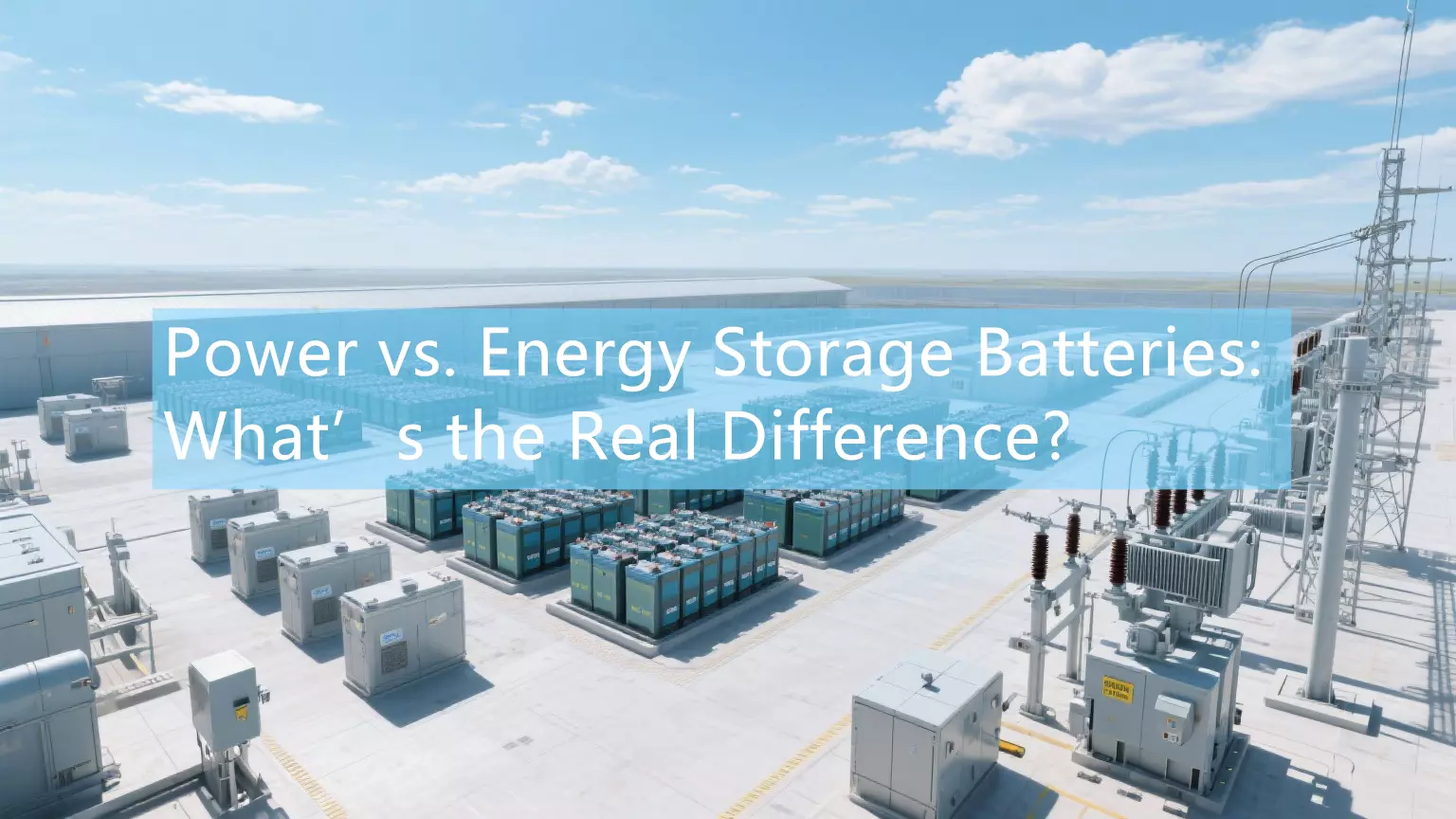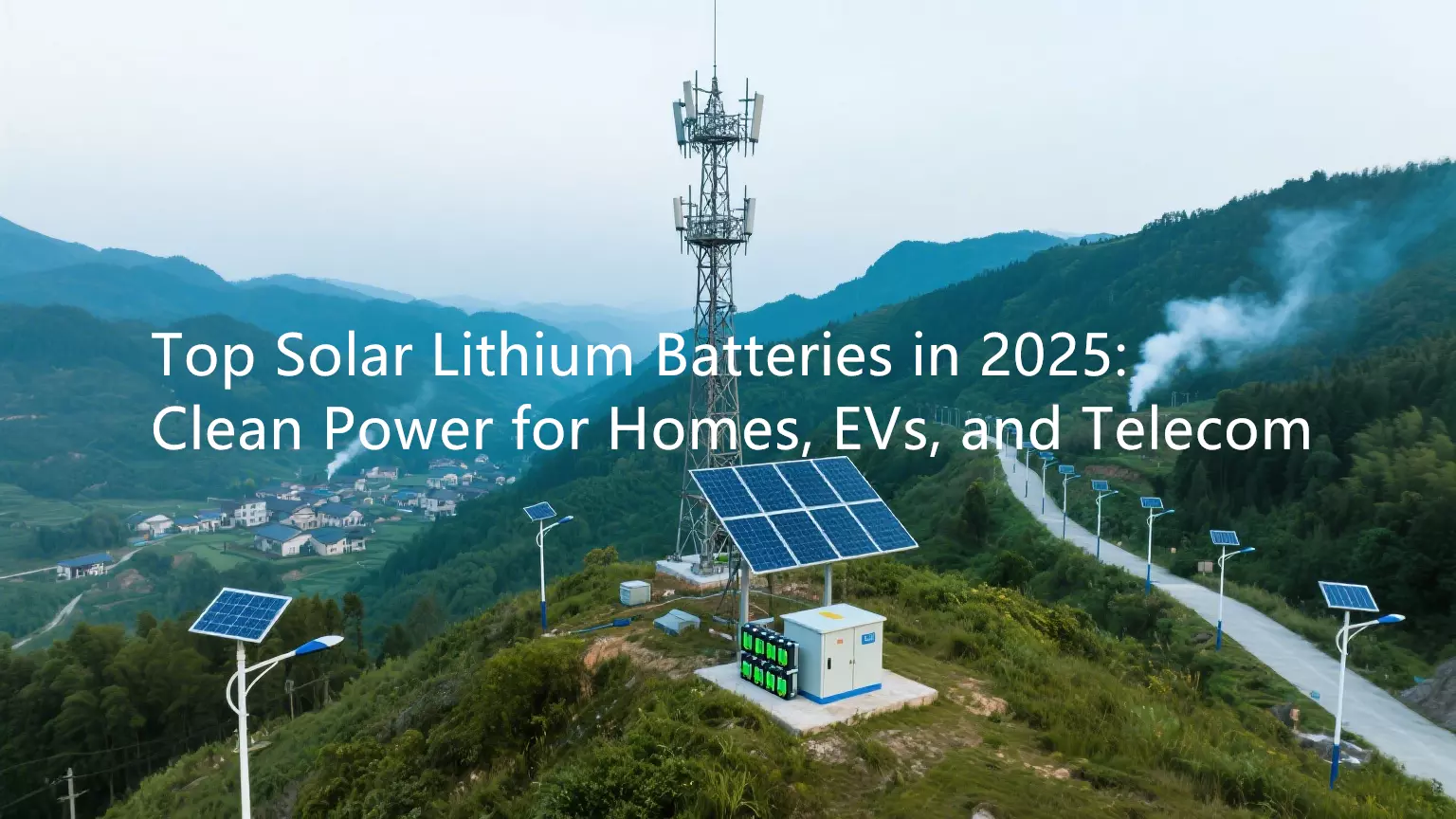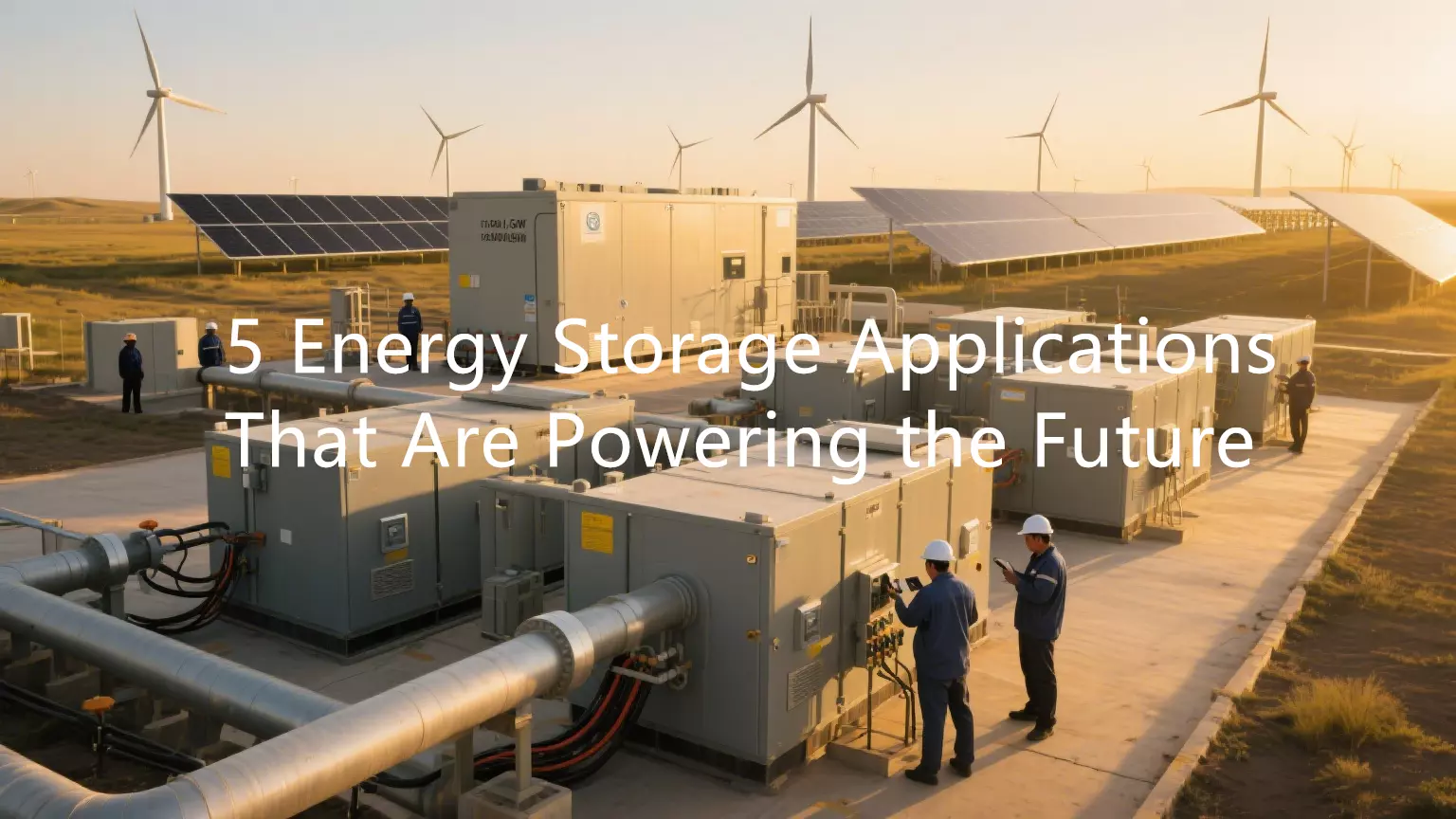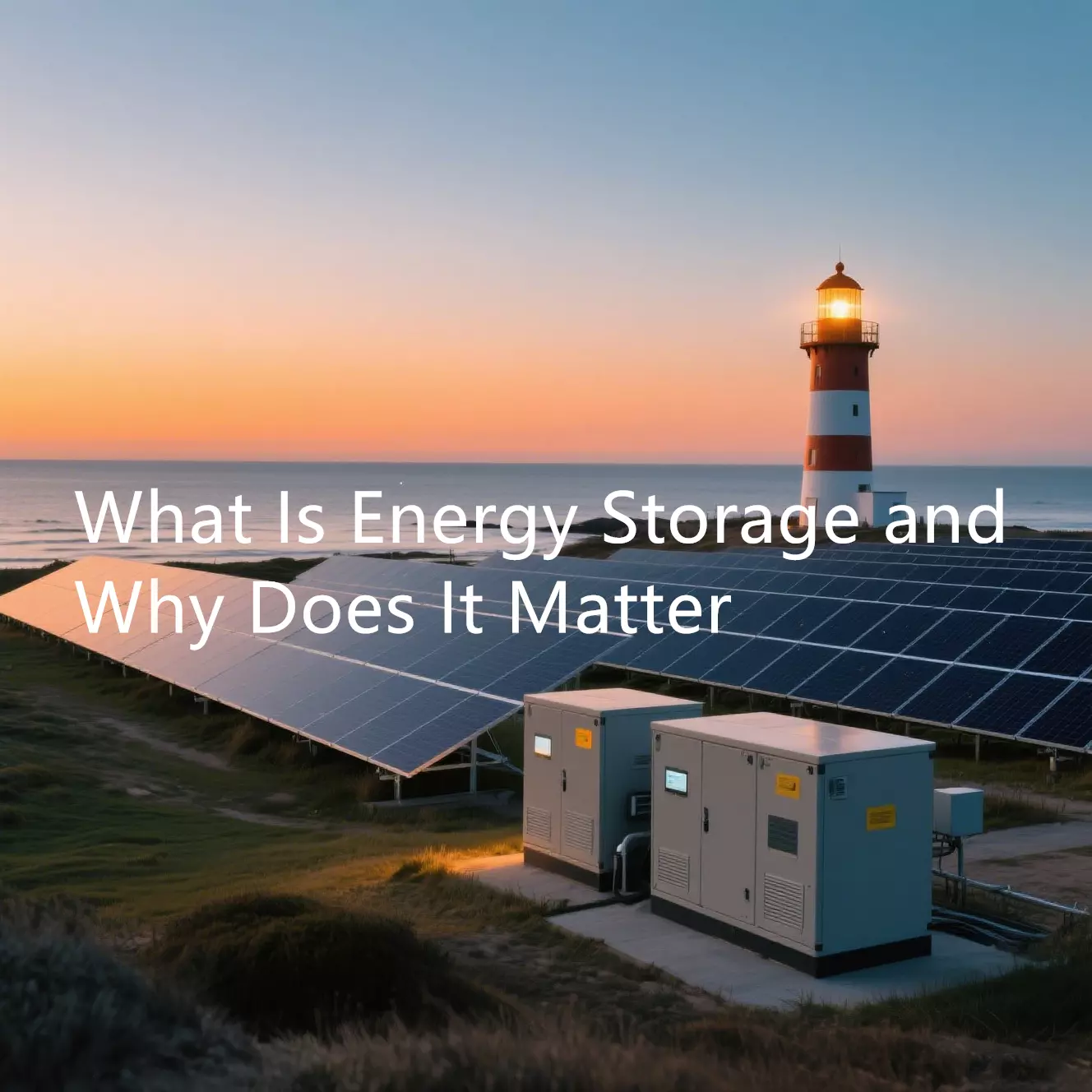Traditional centralized solutions such as 1500V have replaced 1000V as the development trend. With the development of centralized photovoltaic power stations and energy storage towards larger capacities, DC high voltage has become the leading technical solution for reducing costs and increasing efficiency. Energy storage systems with a DC side voltage of 1500V are gradually becoming the trend. The 1500V energy storage system solution has a DC side voltage of 1000V-1500V. Taking the Sun power supply solution, for example, the battery system’s energy density and power density are increased by more than 35% compared to traditional solutions. For power stations of the same capacity, there are fewer devices, and the costs of devices such as battery systems, PCS, BMS, and cables are significantly reduced. Infrastructure and land investment costs are also reduced simultaneously, and it is estimated that initial investment costs can be reduced by more than 10%. However, simultaneously, the voltage of the 1500V energy storage system has increased, which has increased the number of batteries in series, making it more challenging to control consistency. Requirements such as prevention and protection against the risk of DC arcing and electrical insulation design have also become more stringent.

Distributed solutions are the most efficient, and their market share is expected to increase rapidly. Compared with centralized technical solutions, the DC side of the battery cluster is connected in parallel via a distributed string inverter, which is converted to the AC side in parallel. This avoids the problems of parallel loop current, capacity loss, and the risk of DC arcing if the DC side is connected in parallel and improves operational safety. At the same time, control accuracy changes from multiple battery clusters to a single battery cluster, which is more efficient.
The intelligent string solution uses a control strategy of one cluster, one management, one package, and one optimization, which Huawei first introduced. The features of the intelligent string solution are as follows:
- Stringing: Energy optimizers are used to achieve cell module-level management, cell cluster controllers are used to attain inter-cluster balancing, and distributed air conditioners reduce the temperature difference between clusters.
- Intelligent: Advanced ICT technologies such as AI and cloud BMS are applied to the internal short circuit detection scenario, AI is used to predict the battery status, and a multi-model linkage intelligent temperature control strategy is used to ensure optimal charging and discharging status.
- Modularization: The battery system is modularized, and faulty modules can be cut off individually without affecting the regular operation of other modules in the cluster. The PCS is modularized so that when a single PCS fails, the others can continue to work, and when multiple PCSs fail, the system can still operate.
The high-voltage cascade solution avoids parallel connection and improves system efficiency. The high-voltage cascade solution adopts the topology of an SVG to directly achieve 6kV/10kV/35kV AC high voltage through multiple cells connected in series, eliminating the need for a transformer. The advantages are as follows:
- Safety: There is no parallel connection of cells in the system. If some cells are damaged, the scope of replacement is narrow, the impact is small, and maintenance costs are low.
- Consistency: The absence of parallel structures avoids battery circulation problems. The internal balancing control between cells in the battery cluster is achieved through the BMS, which can maximize the utilization of cell capacity. Fewer cells can be installed with the same amount of grid-connected power on the AC side, reducing the initial investment.
- High efficiency: As the system does not operate with cells/battery clusters in parallel, there is no short board effect. The system life is approximately equal to the single-cell life, which maximizes the operating economy of the energy storage device. The system does not require a step-up transformer, and the on-site system cycle efficiency can reach 90%.
The distributed solution improves safety through DC isolation. In addition to the traditional centralized solution, a DC/DC converter is added at the outlet of the battery cluster to isolate the battery cluster. After collection, the DC/DC converter is connected to the DC side of the centralized PCS, and 2 to 4 PCS are connected in parallel to a local transformer. After being boosted by the transformer, the power is connected to the grid. Adding DC/DC isolation in the system avoids the DC arcing, circulating currents, and capacity losses that would otherwise occur when DCs are connected in parallel, significantly improving system safety and thus efficiency. However, since the system needs to go through two stages of inversion, this reverse affects system efficiency.






